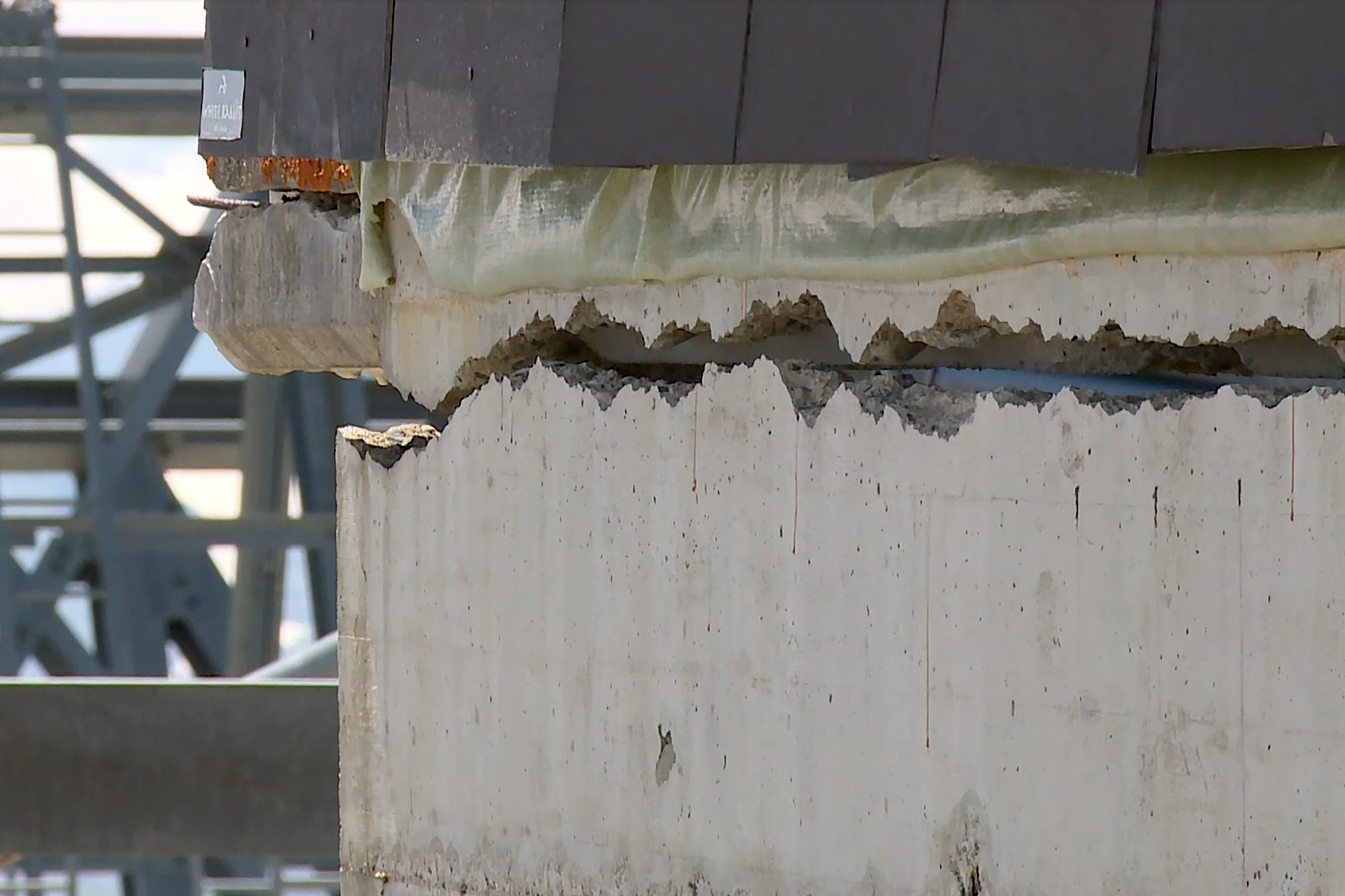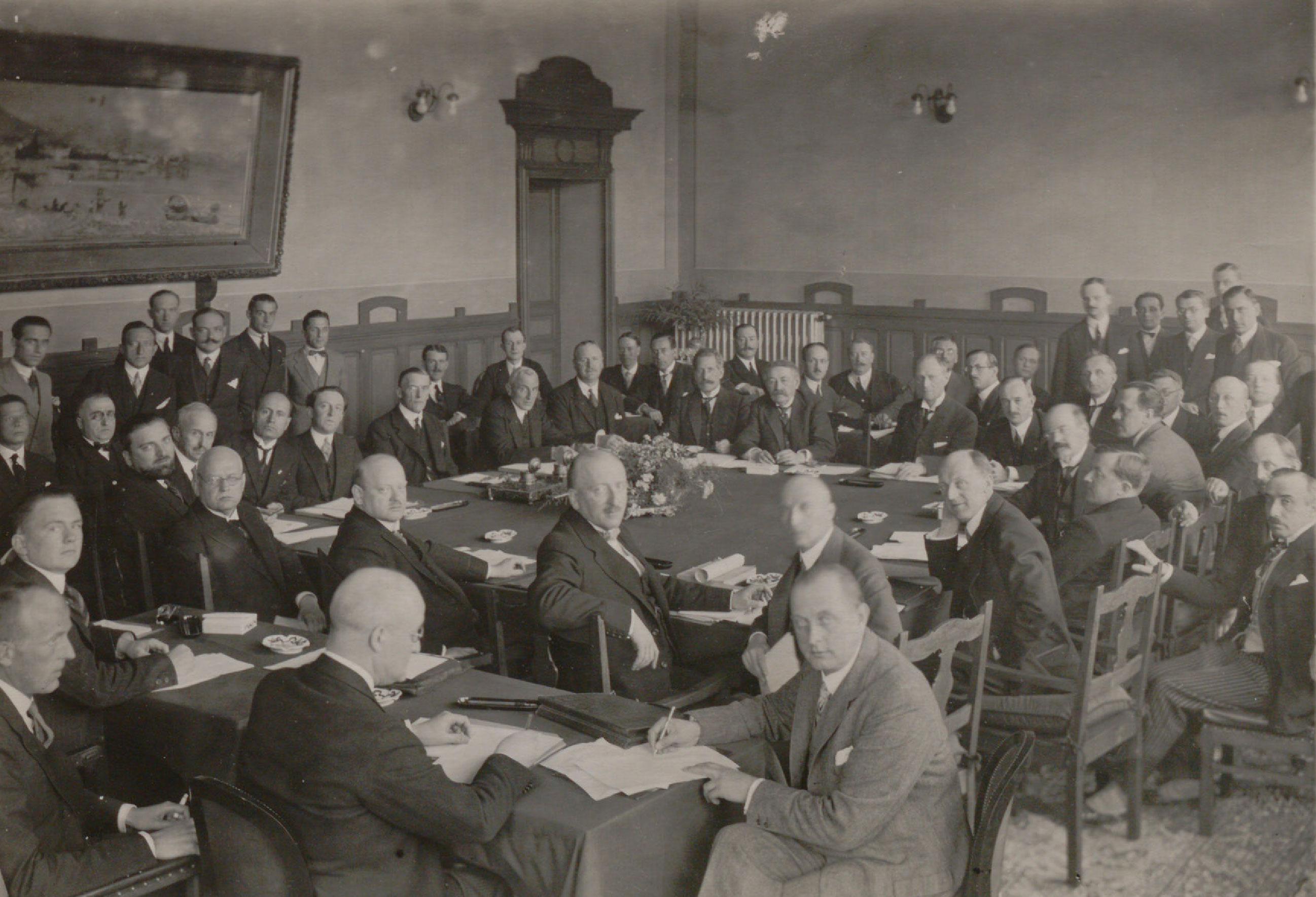
Chemistry calls the shots at Hönggerberg

A new SFr500 million chemistry building with laboratories, which can be manipulated to suit the needs of scientists, has been inaugurated in Zurich.
In a revolutionary design concept, which looks set to be copied worldwide, the laboratories are independent of the shell of the Federal Institute of Technology’s new building.
The workplaces are fitted with movable service columns, which hang freely from the ceiling, enabling gas, water and electricity to be tapped wherever they are needed.
Installations and alterations can therefore be carried out rapidly at little cost – a radical departure from conventional laboratories with service lines and cables installed under the floor and in the walls.
“The building is symbolic of the transparency, the elegance and the aesthetics we are also looking for in science,” ETH president, Olaf Kübler, told swissinfo.
Concentration of departments
The state of the art facilities are a boost to the ETH’s reputation. “It gives us the opportunity to compete again at the world level in science,” said Dr Wilfred van Gunsteren, dean of the chemistry department.
“One of the problems in science is that if you want to do new things you need a different workspace so lots of money goes into adapting laboratories to the needs of different research groups.
“With this modular concept, we can build up a laboratory completely with electricity, water and gas. When a new professor comes, you don’t have to make any investments and you can build a tailor-made laboratory in days.
“That gives an enormous improvement of efficiency in the running costs of such a building and other companies and universities are copying us.”
The move to Hönggerberg is part of the ETH’s wider strategy of concentrating all its life science departments on one campus.
“The idea was to find a place where biologists, chemists, physicists and people from other departments can work together,” said Gerhard Schmitt, vice president for planning and logistics.
“We can really use chemistry’s special capability in molecular science, for example, to achieve synergies with other fields like physics and biology so all of them use the same equipment here in the same location.
“Students take similar courses in the first years and then we have more or less specialisation in the last years and we think this is a really good model for the future of chemistry and the life sciences.”
Rational building
The glass, metal and granite structure will eventually resemble a five-fingered comb. Thursday’s inauguration marks the end of the first phase of the development with three of the five planned laboratory wings now built.
The premises also include an auditorium and nuclear magnetic resonance centre. It has cost SFr486 million – more than SFr100 million francs less than budgeted.
Phase two, which will cost an additional SFr249 million, is due to be completed in 2004.
“We wanted to use materials which have some sort of relation to the idea of chemistry itself,” said architect Mario Campi. “For instance, there’s the water, which is one of the very important aspects of chemistry, in the courtyards, while the modularity of the metal facades allowed us to make a very rational building.”
The solar cells on the roof of the building, which are purposefully integrated into the architecture, produce 170 megawatt hours a year or about 60 per cent of the electricity needed for lighting.
Move necessary
The first chemistry building at the ETH opened for business 115 years ago and, with additions and extensions, has been used for teaching and research until today.
“The building was no longer satisfactory,” said van Gunsteren. “Measuring apparatus gets more and more sensitive. For example, with nuclear magnetic resonance, if a tram came by downtown, you could see it on your spectrometer.”
The need for more space as well as the demand for greater safety standards also made the move necessary.
Architect, Mario Campi, who will have spent 15 years of his life on the project by the time it’s completed in 2004, says he is generally happy with the result so far.
“The most important thing we wanted to do was to change the character of the campus. It was like a campus out in the country and we wanted to turn it into a piece of city. I feeling that we have succeeded in that respect.
“The most difficult aspect was to fulfil so many different requests coming from different persons, departments and points of view. We tried to be able to reply to every question. I don’t know if we succeeded in doing that.”
The chemistry department at ETH with about 700 members is one of the largest research institutions in chemistry worldwide. The whole Hönggerberg campus is expected to cater for the needs of 10,000 people in about five years.
by Vincent Landon

In compliance with the JTI standards
More: SWI swissinfo.ch certified by the Journalism Trust Initiative



































You can find an overview of ongoing debates with our journalists here . Please join us!
If you want to start a conversation about a topic raised in this article or want to report factual errors, email us at english@swissinfo.ch.